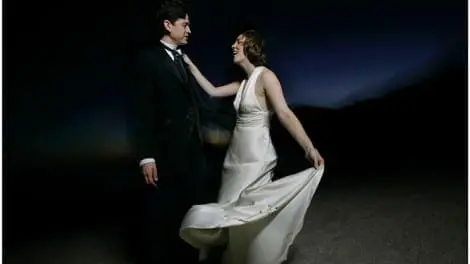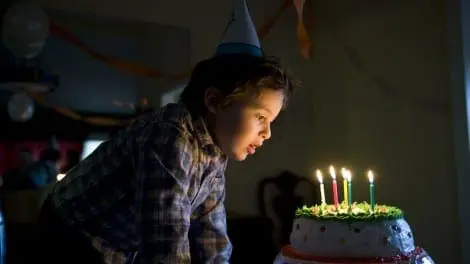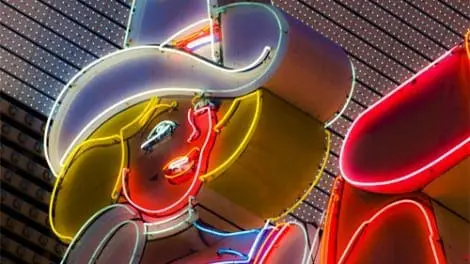DPA Magazine
Popping Colors
© Frank Siteman Aside from the elements of composition and light, color is a leading element in making a photograph pop. Sometimes keeping it simple is harder than it may seem. Try narrowing down to 1 or 2 colors, and you will find your colors will pop, giving your image an even stronger stopping power.
Miss Buddy in the Grass ñ Eye Level Angle, Long Lens, Depth of Field
This image of the Miss Buddy, my fabulous cat, was taken lying in the green grass to be eye level with her. .It’s a cat’s eye view and it makes the image more compelling. Cats love to pretend they’re in the jungle, even in the backyard, and this angle gives you an idea of what they see. The long lens created a very shallow depth of field to throw the background out of focus, so the attention is drawn to her eyes. The greens of the grass and the background bring out the green in her eyes. This technique works well with children also.. get down to their level and see the world in a new way. It will make your photos stand out in a crowd! © Kathy Tarantola
Sibling Relationships
When photographing a newborn, rather than focusing exclusively on that child, think about adding an older sibling. By doing so, you can add both a sense of scale relationship and an element of playfulness to the images. © Allen Birnbach
Color Intensity
These are photographs taken at Fairchild Tropical Garden, located in Coral Gables, FL. Color has a huge effect on the mood and impact of an image. Bold and contrasting colors make images pop and create lively, eye-catching photos. Vibrant colors make strong image elements and can be the dominant characteristic in a photographs composition. Strong color contrast in images increases the impact, especially when there aren’t many colors present. © Mikelle Moore © Mikelle Moore Some of the complimentary color pairs that create strong contrast in photographs are: red/cyan, yellow/blue, green/magenta. Warm tones coupled cool tones also have the ability to enhance the contrast of any image. Sometimes, the original colors in an image can be manipulated (in Adobe Lightroom or Photoshop) to increase contrast and shift the focus as well as to strengthen the image impact. © Mikelle Moore © Mikelle Moore
Beauty In Motion
This photo of a newly married couple shot in the coastal town of San Carlos, Mexico, illustrates a creative use of fill-flash. As the couple danced on the beach with the sun having already set, I shot at a half second to capture a little of the horizon line and the deep colors of the sky. Because it was dark enough outside, the flash stopped the couple during their dance, yet with no other available light, they didn′t become blurred because of the long exposure. By having a long exposure, the camera movement in the background helped give a sense of movement to their dancing, even though they are not blurred, but yet it is obvious they are in movement. © David Sanders
Birthday Candle Lighting
To catch the natural ambient light like in this image, make sure you have your flash forced off. You can also use the "Candlelight Mode" if your camera has this setting. Make sure you hold real still as the camera′s shutter needs to stay open longer to catch the light. If your camera or lens has a stabilizer on it, you want to make sure that it is on. This will help to compensate for any subtle movement you might make that could compromise the image sharpness. Using candlelight will make a dramatic portrait in a way that using the on camera flash just can′t replicate. Because your eye often goes to the brightest part of the image and is attracted to points of contrast, the subject becomes the focal point of your photograph. © André Costantini
Turn Images into Panoramas Using Photoshop.
Shoot a series if images by rotating your tripod head in a level, linear fashion with the horizon. Put the resulting images in a folder. Go into Photoshop > File > Automate. . . . , navigating to your folder of images. Photoshop will automatically stitch the images together into a panorama that should be seamless if there is enough overlap. Medium to short telephoto lenses will yield the best results, with about a 1/3 overlap of each image frame. The panorama here was color tinted using the Hue/Saturation adjustment sliders. © Christian Michaels
Work the Subject
When confronted with complex, colorful subjects, I recommend trying different compositions. If the subject is complex, you can potentially find many good pictures from the same subject, or at least some that are much stronger than others. Here are three variations of the same subject. By recomposing each time, I found a whole different sensibility in each. I recommend starting from an overall view of the subject, then moving toward tighter shots and details of it. This will help guarantee positive results. The three similar images attached should serve as an illustration of this. My favorite of the three is image #2, but I had to take all three to even be able to have that choice. © Christian Michaels © Christian Michaels © Christian Michaels
Use Exposure Compensation to Get White Snow
When shooting scenes like this, you’ll need to use exposure compensation in order to get white snow. In both of these images, I used +1.3 stops. Shooting at the metered setting will likely give you dingy grey snow since the meter is overwhelmed by all of the white in the scene. As an alternative, you can meter off of another object. In the water pump, metering on the red pump yielded nearly the same exposure value as I got by using exposure compensation when metering off the snow. To do this, you’ll need to have an exposure lock feature that will let you recompose the image after metering. This is often called AEL. © Jon Canfield © Jon Canfield © Jon Canfield







